Doing up your dream house - carver/gilder
Mary Miers talks to one of the most respected firms specialising in carving and gilding in the country.
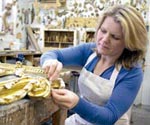

Ever tried to touch up damaged areas of an ornate gilded frame using papier mâché and a pot of gold paint? I have, and can confirm that it isn't worth the effort. Not only does it fail to replicate the character of carved ornament and the surface texture and sheen of true gilding, but it can do further physical damage. And it looks terrible. The process by which objects, such as mirror frames, architectural detailing, furniture, heraldry and inscribed panels are carved and gilded requires highly specialised skills. One firm that has built up a considerable reputation in these two closely allied crafts is Carvers and Gilders, which was founded by four art-school graduates in 1979. Based in London, the workshop carries out mostly conservation work, treating highly carved and decorated fine furniture and mirror frames, many of which have suffered deterioration due to modern environmental conditions. Overheating causes timber to shrink and glue to become brittle so that carved detail breaks off and gilding delaminates. Conservation projects range from stabilising and securing original fabric with minimal intervention, to carrying out structural repairs, adding missing elements or replacing previous badly carved repairs, removing later layers to reveal original detail and restoring gilded surfaces. Where necessary, timber affected by woodworm and other damage is also treated. Carvers and Gilders investigates and researches historical pieces, carries out condition surveys and provides general advice. The firm also designs, carves and gilds new pieces, sometimes in collaboration with a client perhaps using an historic example as a model (although rarely copying something outright) or producing something entirely original. Lucy Bunning joined the workshop in 2002, having specialised in conservation of carving and gilding at the City and Guilds of London Art School. 'When replacing lost detail,' she says, 'it is important to recapture the virtuosity of the original; as a restorer, I've got to be able to turn my hand to the individual styles of former carvers.' Where possible, the material used matches the original 'pine or limewood is most common for wood carving. We work less in composition, but when restoring a piece this material we cast from an original detail, or, if later layers have obscured the crispness, we take a mould from a newly carved replica.' The workshop specialises in the two main techniques of water gilding and oil gilding, as was practised in ancient Egypt. The former requires greater preparation and is more difficult and labour intensive, but can produce a superior, livelier finish. It involves applying several layers of gesso to give a smooth base, followed by a layer of gold size. Then come one or two thin coats of bole (coloured clay mixed with size) to provide a soft cushion for the burnishing and subtly contribute to the final tone of the gilding. Loose gold leaf is applied to the surface with a very weak size in water and, when dry, the surface is selectively burnished. Oil gilding cannot be burnished, so it tends to give an overall more matte effect, but is quicker and more economical to do, and can be applied to larger areas at a time. An oil based size is applied to the gesso and, when almost dry but still tacky, the gold leaves are dropped onto it. Windsor Castle, Hampton Court, Uppark and Harewood House are among the historic buildings for which Carvers and Gilders has done significant work. Recent projects include Queen Charlotte's state bed, the font from a parish church, and a boldly carved 18th-century mirror from a private collection, which is being consolidated and repaired. Lucy is designing and carving a replacement for its missing crest. Carvers and Gilders Ltd 020?8870 7047; www.carversandgilders.com Top tips Do not subject gilded work to fluctuations in temperature/humidity. Keep it away from radiators and direct sunlight Clean as little as possible using only an extremely soft brush, if necessary. Water gilding in particular will be removed by damp or wet cloths Wear protective gloves when touching gilding, to avoid handling marks and damaging the surface Expert directory Hare & Humphreys: 020?7833 8806; www.hare-humphreys.co.uk Judy Wetherall: 01293 775024 Arnold Wiggins (picture frames):020?7925 0195;www.arnoldwiggins.com W. Thomas Restorations, Gloucestershire: (020?7627 4001; www.thomasrestorations.com) Curtis Bran, Warwickshire: 01789 459276; www.curtisbran.com
Sign up for the Country Life Newsletter
Exquisite houses, the beauty of Nature, and how to get the most from your life, straight to your inbox.
Country Life is unlike any other magazine: the only glossy weekly on the newsstand and the only magazine that has been guest-edited by HRH The King not once, but twice. It is a celebration of modern rural life and all its diverse joys and pleasures — that was first published in Queen Victoria's Diamond Jubilee year. Our eclectic mixture of witty and informative content — from the most up-to-date property news and commentary and a coveted glimpse inside some of the UK's best houses and gardens, to gardening, the arts and interior design, written by experts in their field — still cannot be found in print or online, anywhere else.
-
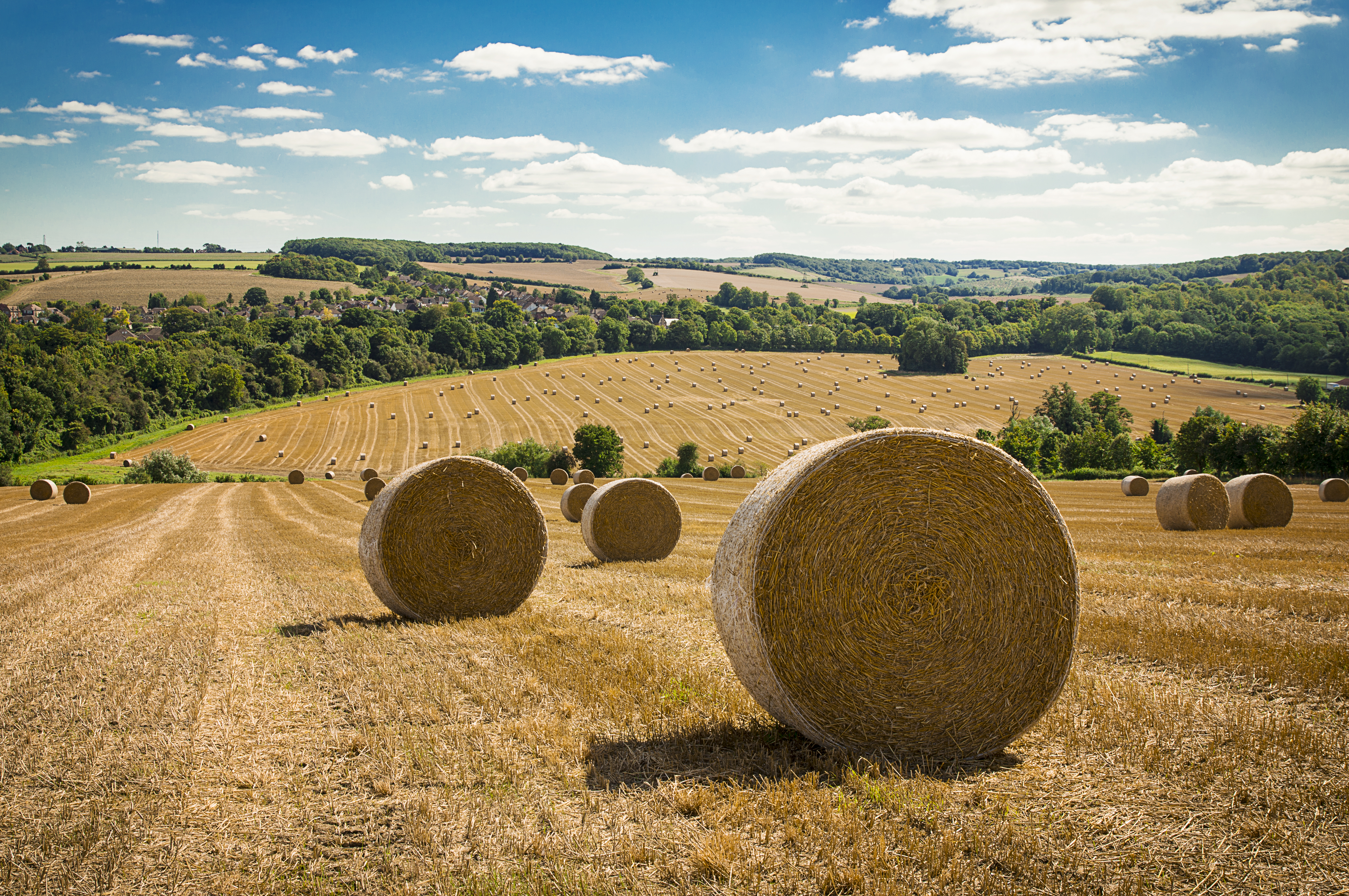 George Monbiot: 'Farmers need stability and security... Instead, they're contending with chaos'
George Monbiot: 'Farmers need stability and security... Instead, they're contending with chaos'The writer, journalist and campaigner George Monbiot joins the Country Life podcast.
By Toby Keel Published
-
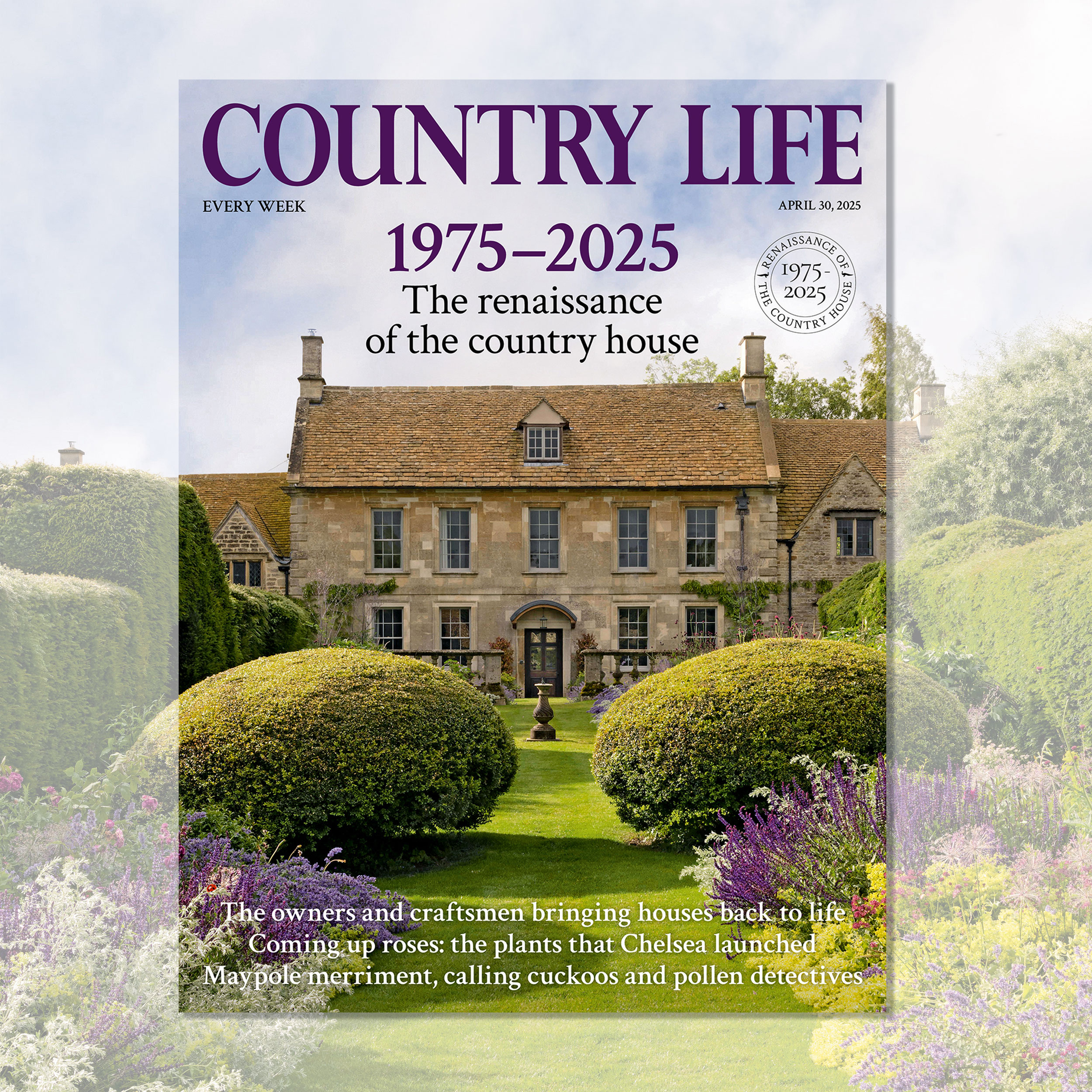 Country Life 30 April 2025
Country Life 30 April 2025Country Life 30 April 2025 is a glorious celebration of the country house in Britain, and the tale of its renaissance in the last fifty years.
By Country Life Published
-
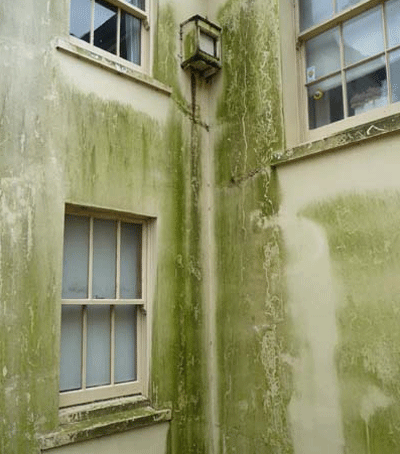 How to prepare your house for winter
How to prepare your house for winterAs winter approaches, experts advise that preventative measures are crucial for our houses to weather hard winters
By Country Life Published
-
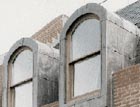 Ten house tips for the winter
Ten house tips for the winterNow is the time to put your house in ship-shape for the winter months ahead. Chartered surveyor Tom Grillo shares his ten top tips
By Country Life Published
-
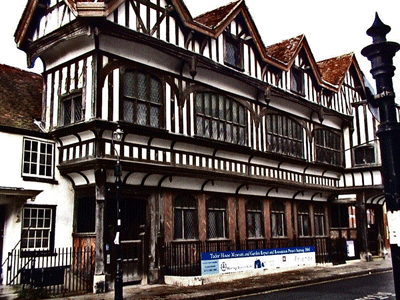 Choosing an interior designer
Choosing an interior designerFinding the right skilled interior designer for your period property requires some dedication; in particular you need to make sure you share the same vision
By Country Life Published
-
Maintenance tips for Victorian houses
There are a number of aspects to look out for when viewing or indeed owning a Victorian house
By Country Life Published
-
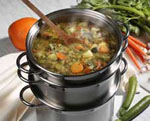 Best cooking pans
Best cooking pansMrs Danvers suggests the best makes of pots and cooking pans to hunt down when shopping for a special friend's wedding present
By Country Life Published
-
How to save old floorboards
Lots of care and elbow grease can help old floorboards gleam again
By Country Life Published
-
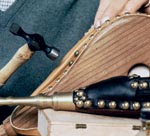 Buying bellows
Buying bellowsMrs Danvers recommends where to find a new or antique pair of bellows
By Country Life Published
-
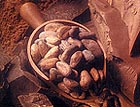 Removing chocolate stains
Removing chocolate stainsMrs Danvers tackles readers' household queries: this week's are chocolate stains on a linen suit and screen doors
By Country Life Published
